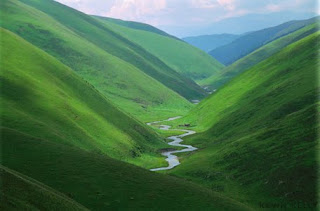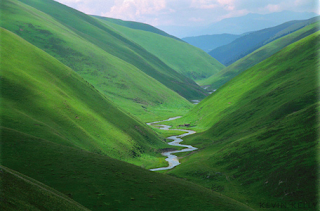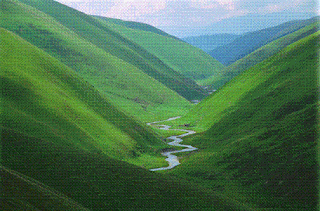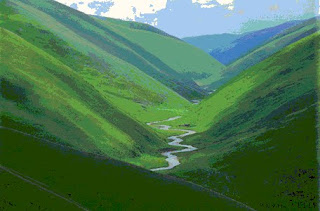My initial efforts with XML were to create a DTD and XML using the downloadable XML Marker from http://www.symbolclick.com/ This was to generate a database of Seismic Surveys and Lines.
I do attach it here, but afterwards realised I wasn't using a standard DTD.
http://www.student.city.ac.uk/~abhj012/dita-5-xml-example.mht
The GML/KML languages for GIS have been well developed by the Ordnance Survey and more recently by Google.
The language has been built so as to allow for the entering of geographical features, their location and annotation.
I found the Google website very helpful in it's explanation of how for example the geometry is recorded.
figure 1.
This allows for the entry of points, lines and polygons (as we had been discussing in GIS).
Likewise region is given by latitude, longitude and altitude and is then fixed to a given
number of pixels.
Each element is given its relative minimum and maximum values which will give
the boundaries for the region. For example a region could have a min of 5 degrees west and
a max of 3 degrees east with a min of 55 degees north and a max of 59 degrees north.








